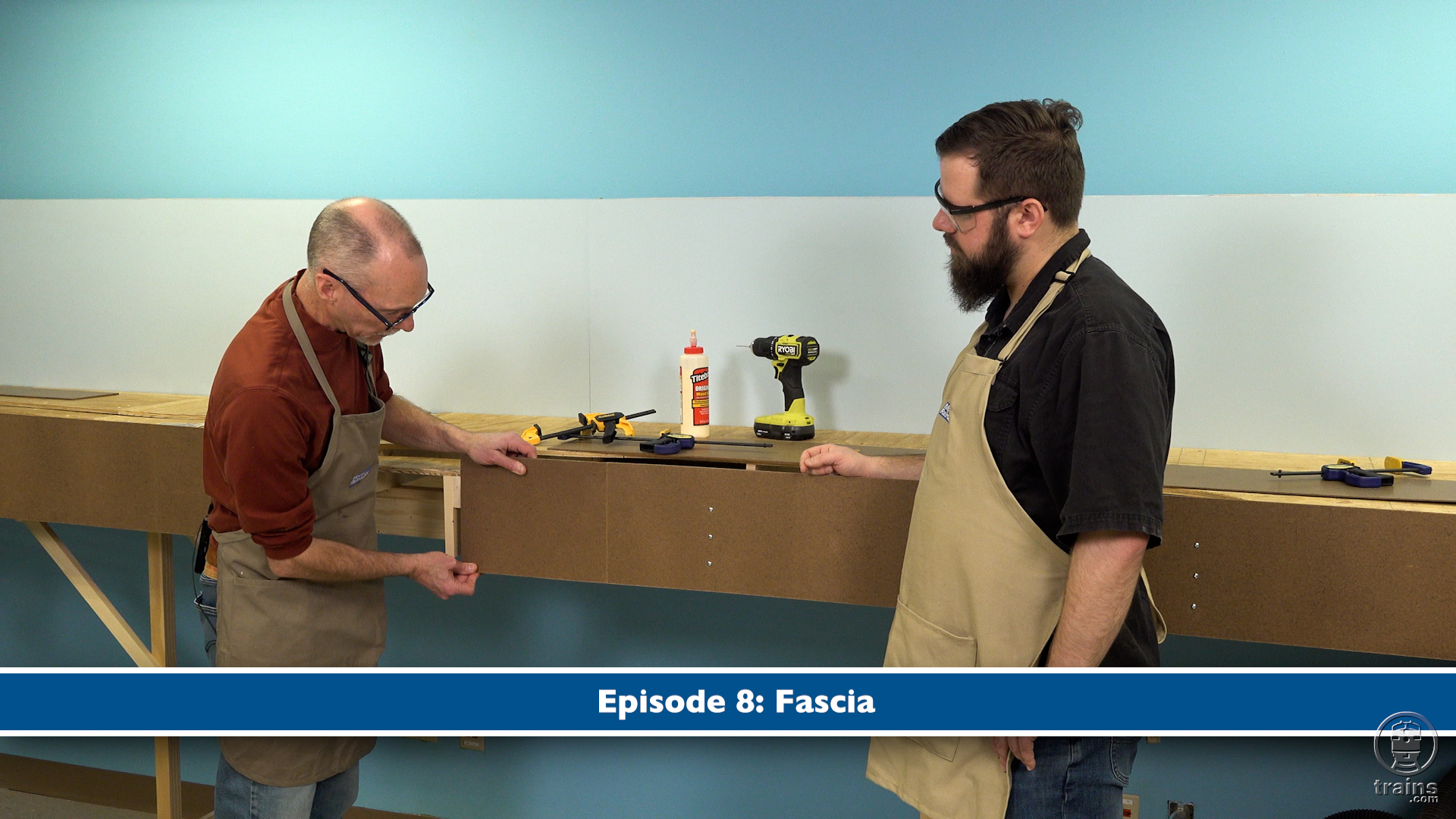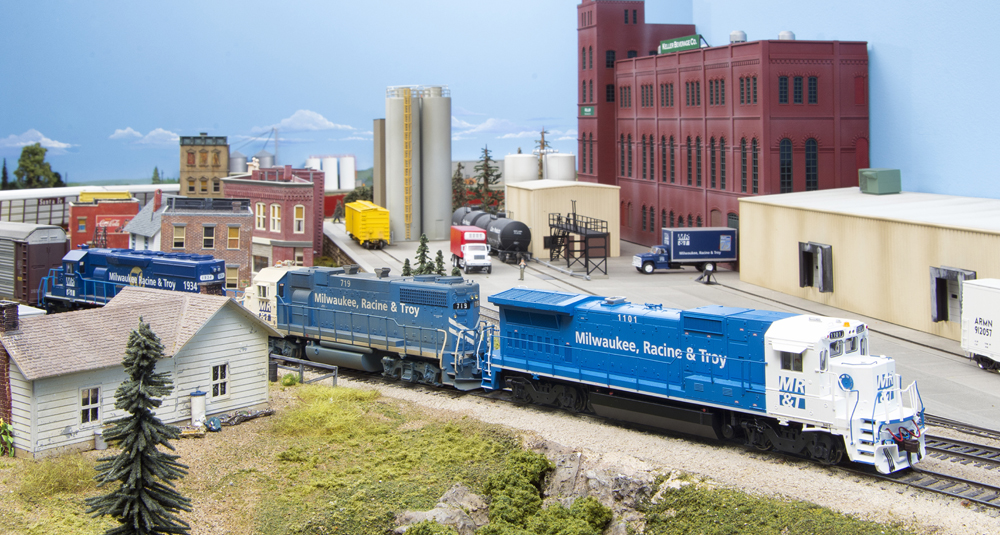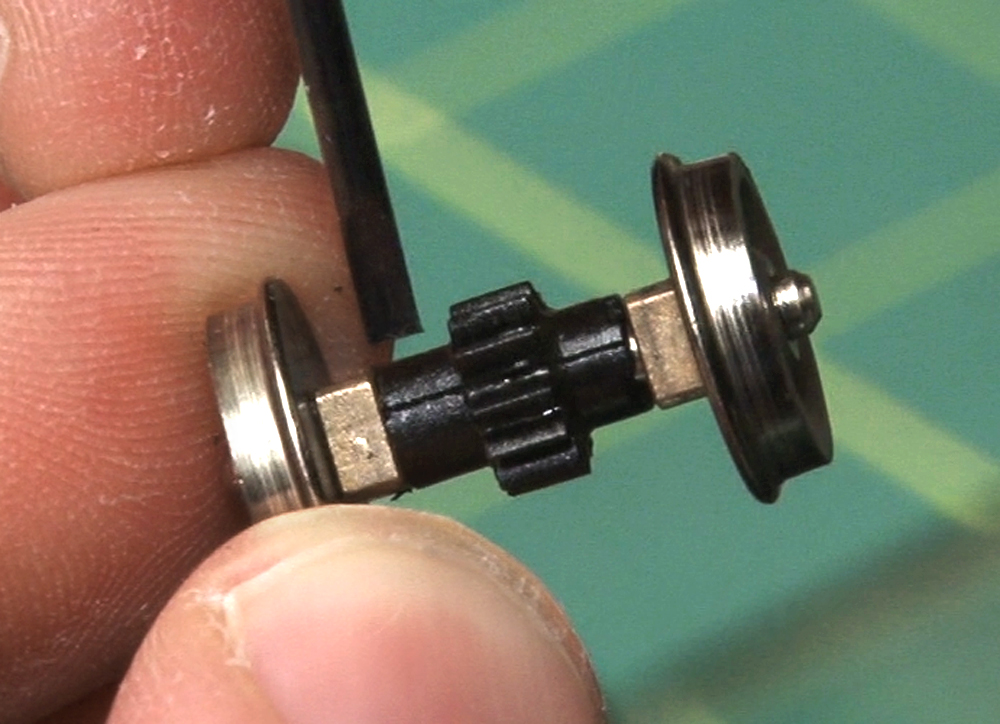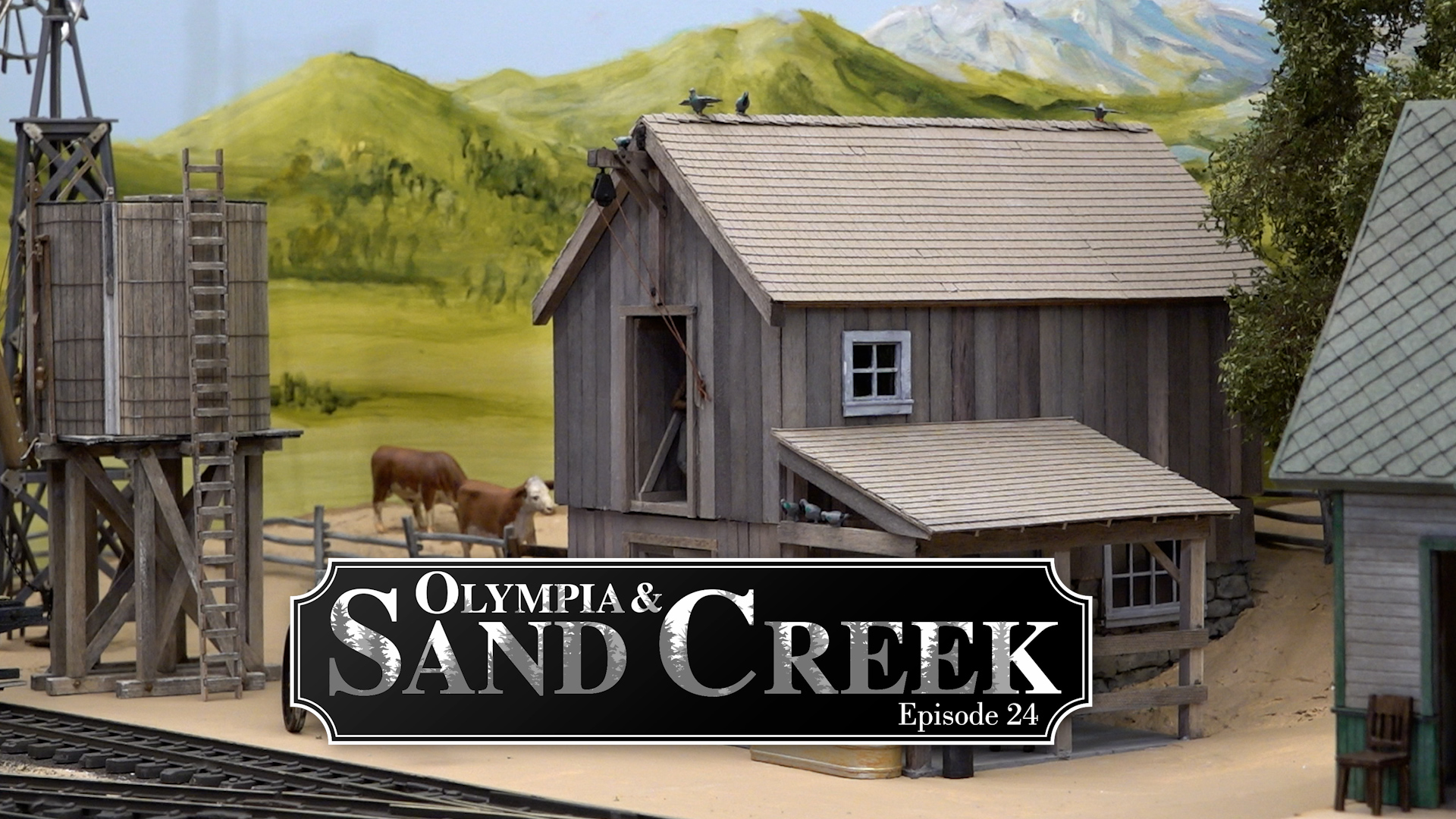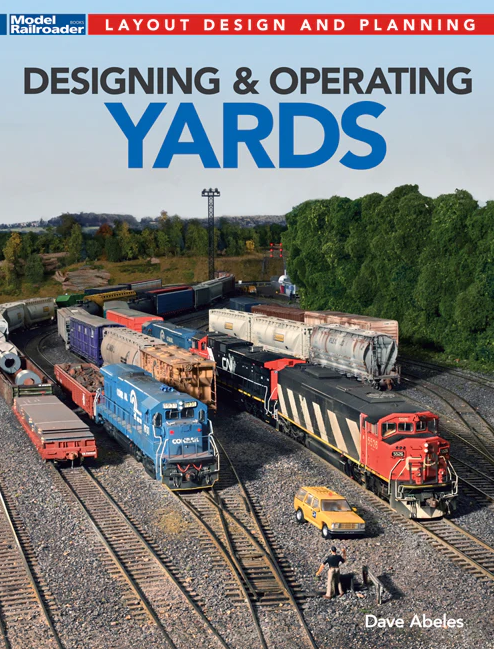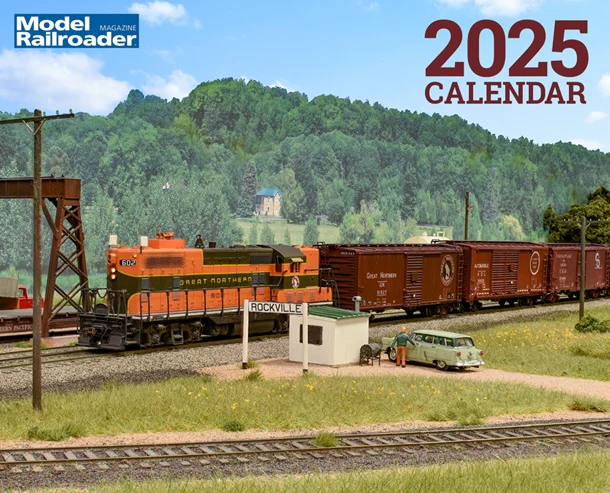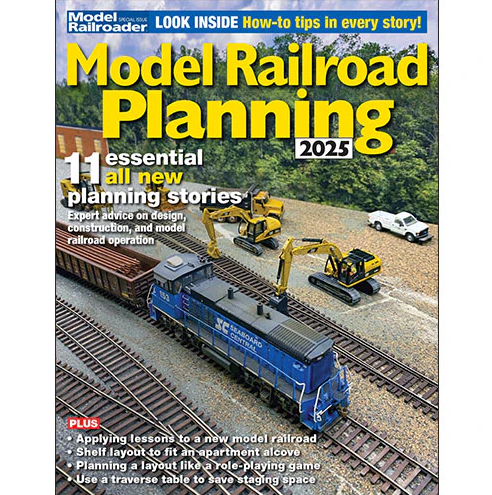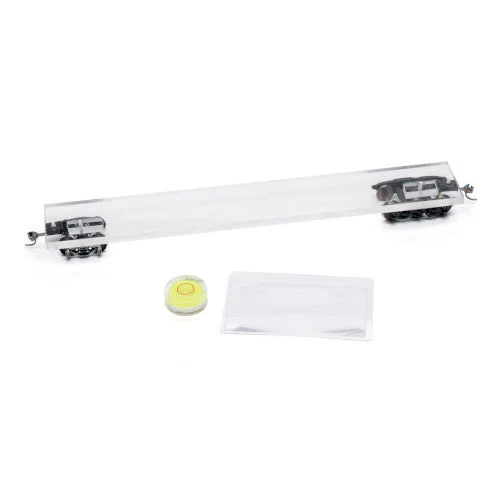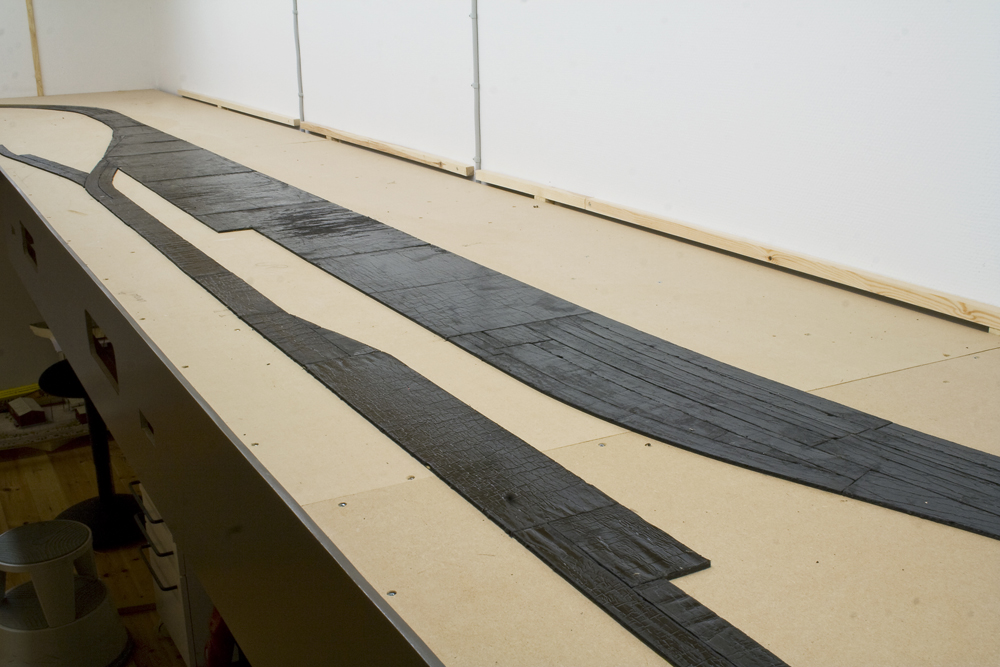
Excessive track noise was one of the main reasons I decided to rebuild my HO scale Daneville & Donner River layout. I hadn’t paid much attention to the noise level until I started using locomotives with sound decoders. That’s when I recognized how the wheel noise from rolling freight cars nearly overpowered the sound of the locomotives. Fortunately, my friend and fellow layout builder Flemming Ørneholm had solved the track noise problem on his layout. I simply borrowed his idea of adding a layer of automotive sound-deadening material before installing roadbed on my Union Pacific Daneville Subdivision.
I used 4mm-thick, asphalt-based sound-deadening mats that are meant for reducing the noise and vibrations in automobiles and other motor vehicles. Automotive parts stores and various online suppliers in North America stock this material made by manufacturers such as Design Engineering Inc. and Dynamat.
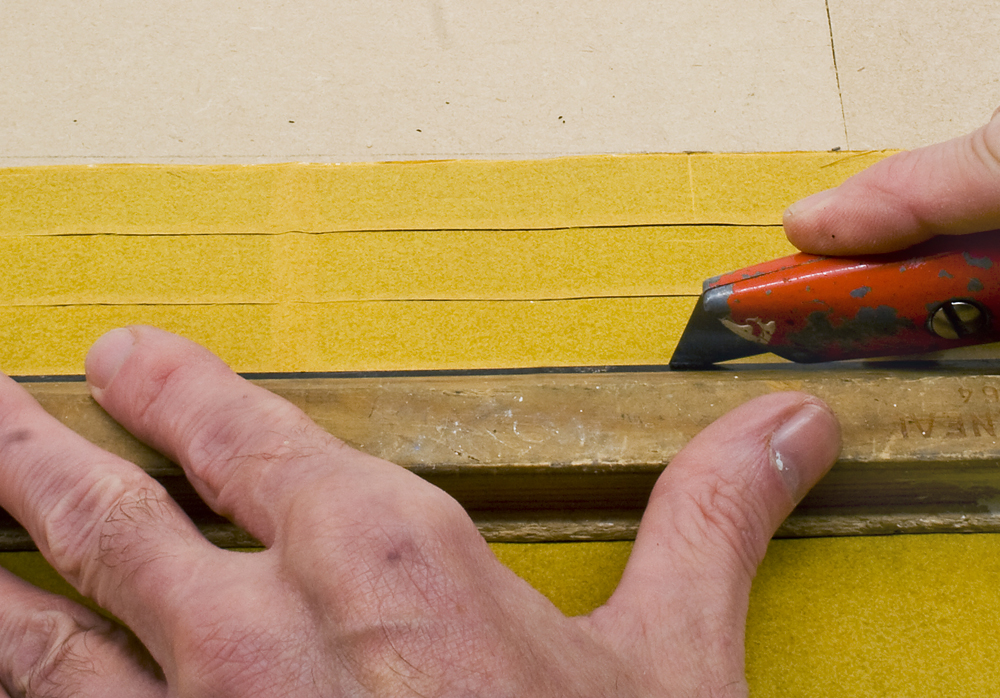
I cut the panels in strips of various widths: 2″-wide strips for straight track and 3⁄8″-wide strips for curves. Under multiple tracks, I used pieces that matched the total width of the tracks. Flemming also applied a layer of foam rubber from an exercise mat under the material, but I skipped that step and applied the strips directly to the MDF surface, hoping it would reduce the noise enough to give the sound decoders a chance. I don’t mind some wheel noise, as long as I also can hear the locomotive sounds.
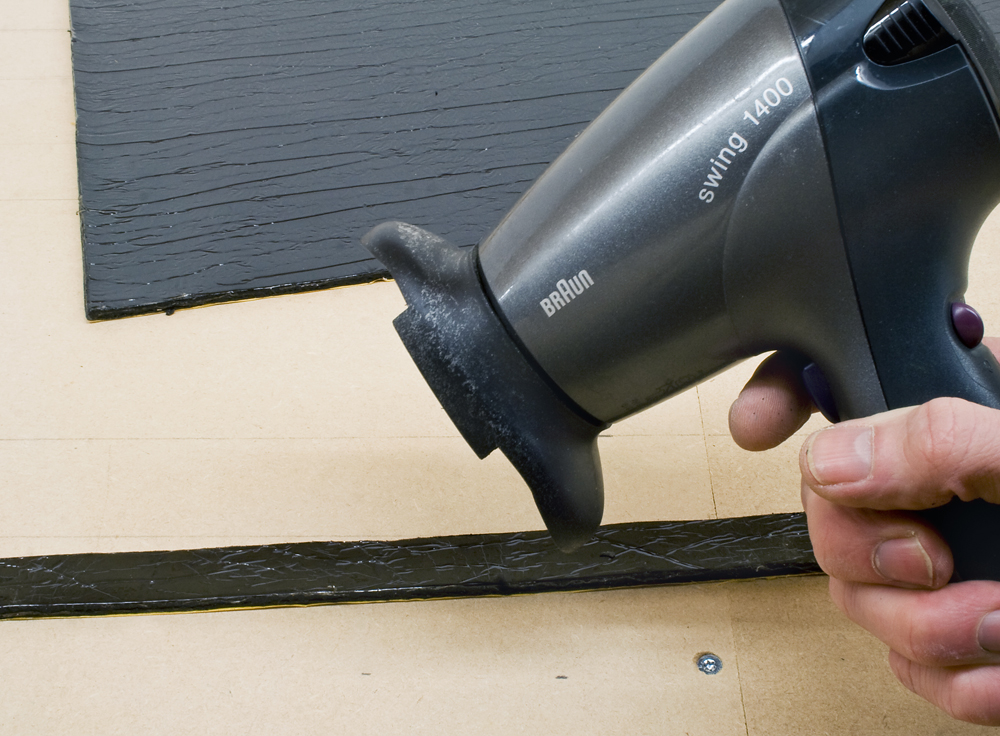
The self-adhesive, sound-deadening subroadbed material is easy to apply. You need to clean off all sawdust from the surface before you attach the pieces, or they won’t stick properly.
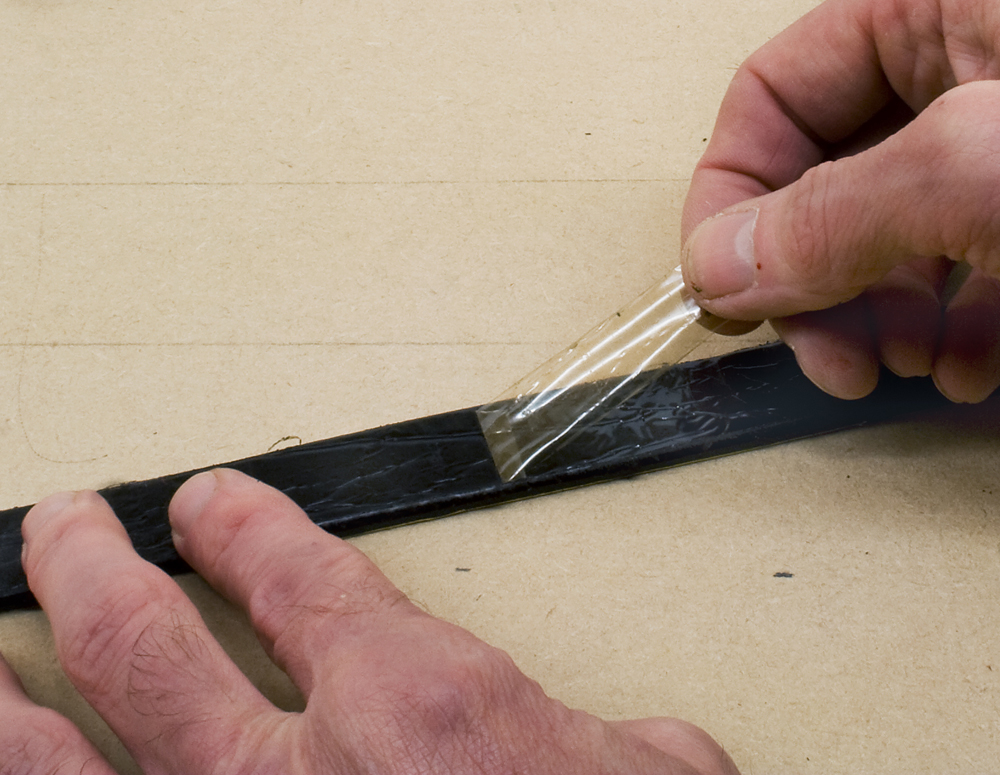
The material is coated with a thin cling film. I was afraid the glue I use for ballast wouldn’t stick properly to the film, so I removed it. The film has a tendency to come apart when you pull it. Eventually I found out that if you heat the surface with a hair dryer first, the film becomes easier to remove.
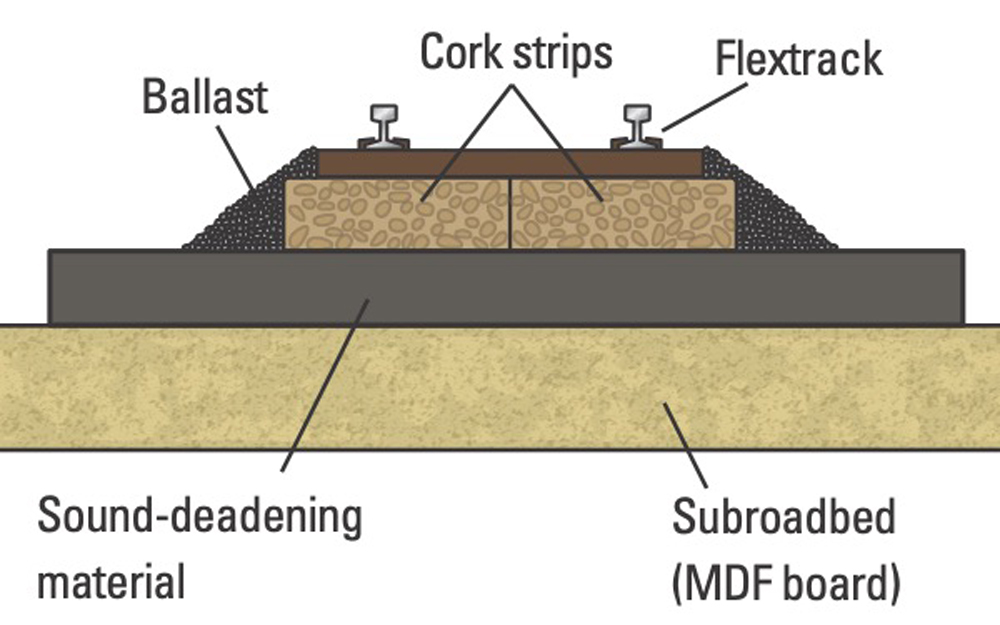
Finally, we test-ran a locomotive on Flemming’s layout and then on mine to see how much difference the layer of foam rubber on Flemming’s layout made. On Flemming’s layout, there was almost no wheel noise. On my layout, you could hear wheel noise, but not in any annoying way.






